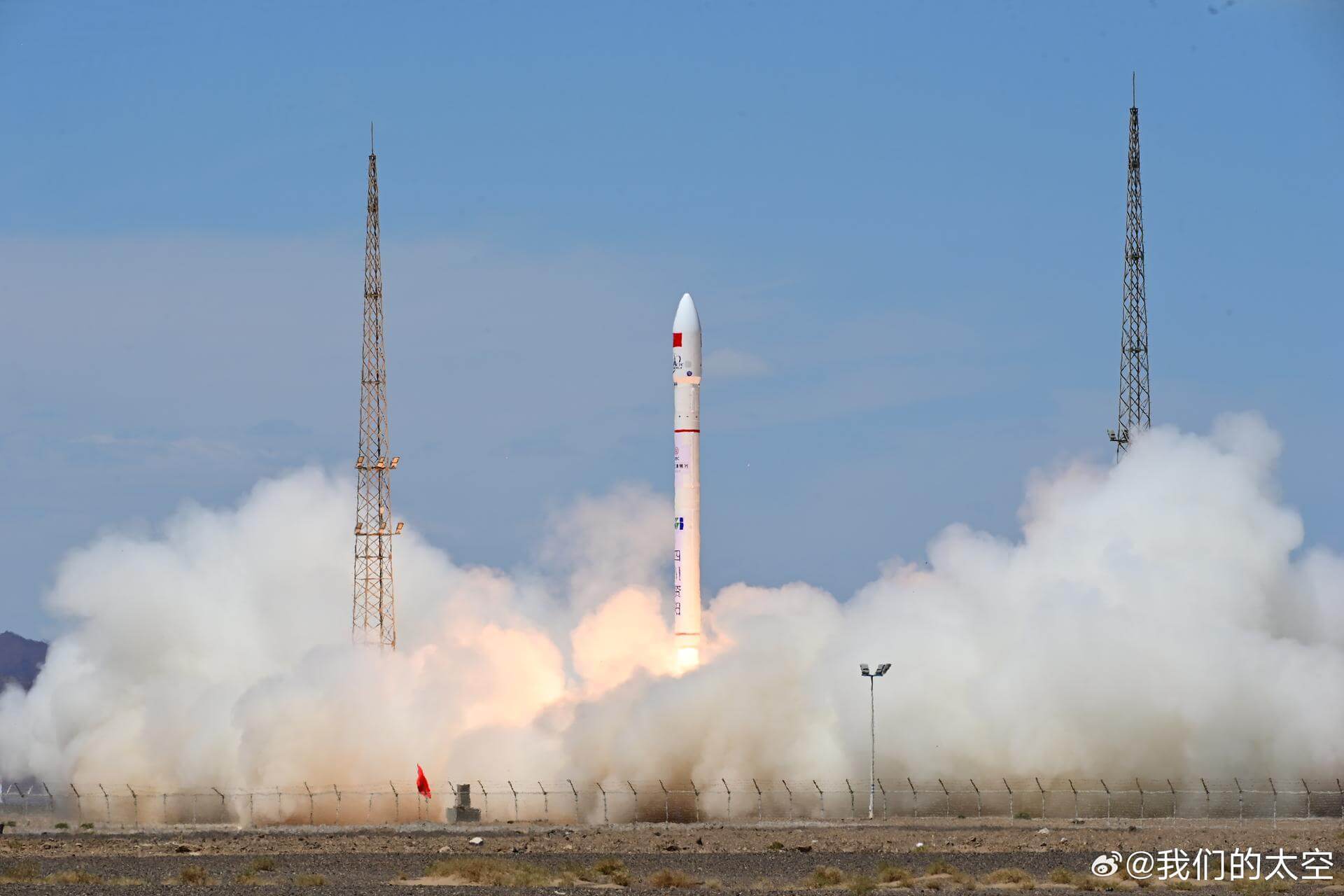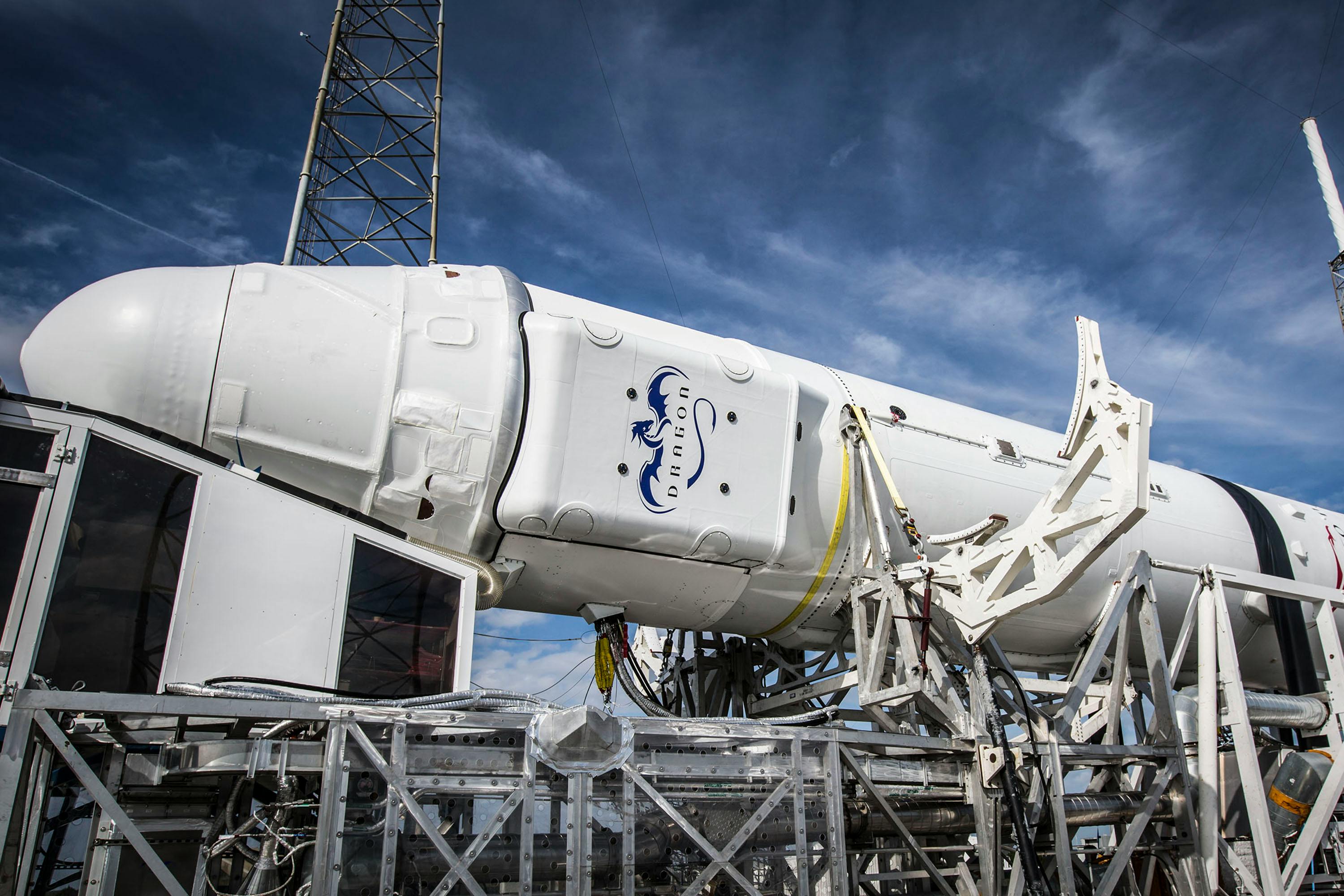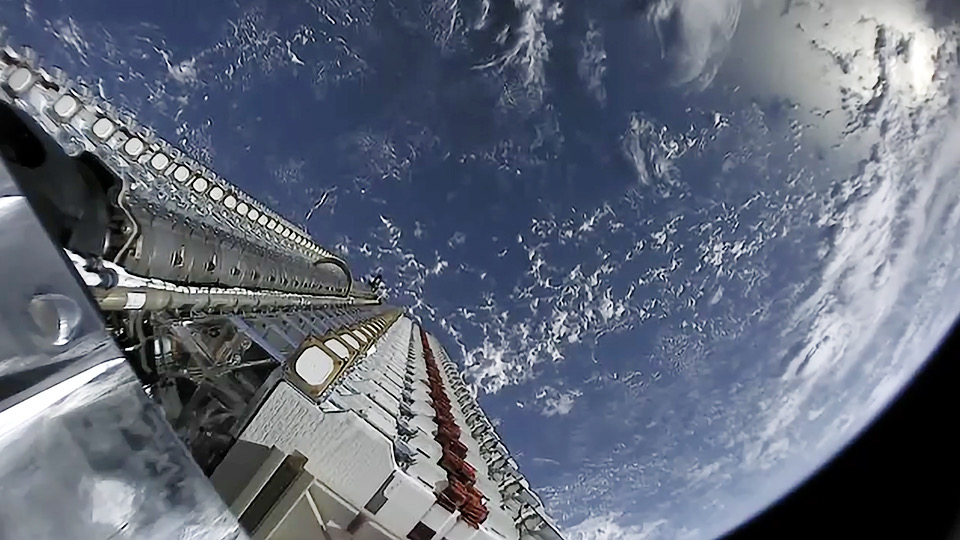· space brief · 4 min read
Space Brief 13 Mar 2025
Today's space brief highlights intriguing military satellite developments, new space launch strategies to counteract observation threats, and potential European defense industry advancements.

📄Top Stories
Today’s space updates revolve around the strategic implications of defense satellite launches and the impact of European defense spending on satellite technology. The United Launch Alliance plans to incorporate techniques in future launches to evade surveillance by Chinese satellites, while Italy’s Leonardo aims to capitalize on increased defense budgets across Europe.
📰Detailed Coverage
ULA Targets Chinese Surveillance with Future Launches
United Launch Alliance (ULA) is setting the stage for significant strategic military implications by planning future rocket launches intended to confuse and evade Chinese surveillance satellites. This ambitious strategy comes as the company anticipates obtaining Space Force certification and aims to address security concerns over Chinese satellites closely monitoring U.S. military movements.
The efforts to minimize satellite detectability demonstrate a growing intersection of space technology and national security initiatives. Whether these techniques will integrate into commercial sectors remains to be seen, but the potential for new satellite tracking scenarios is significant, making our web app features increasingly relevant for enthusiasts and professionals alike.
Read the full story: Breaking Defense
Italy’s Leonardo Sees Big Gains from European Defense Outlay
In a promising turn for the European space and defense sectors, Leonardo—an Italian aerospace and defense giant—anticipates a substantial $6.6 billion increase due to a surge in European defense spending. The company highlights the importance of enhanced industrial collaborations and alliances across Europe amid shifting geopolitical climates.
This upswing in defense budgets likely buoy Leonardo’s ambitions in satellite communications and tracking systems, given the region’s growing emphasis on resilient and autonomous tech capabilities. As Europe fortifies its defense posture through cutting-edge satellite systems, keeping track of these developments via satellite tracking tools becomes invaluable.
Read the full story: Breaking Defense
Evaluating the U.S. Defense Production Landscape
An op-ed from industry insiders stresses the United States Department of Defense needs to harness America’s commercial strengths to enhance weapons production capabilities. The plan centers around boosting satellite communication and tracking to maintain a strategic edge.
The outlined steps could see a ripple effect across the global defense sectors, focusing heavily on advanced tracking systems that ensure readiness and efficiency. Such proposals underscore the increasing reliance on satellite technology as a key component of national security.
Read the full story: Breaking Defense
SASC Navigates Funding Challenges Amid Strategic Objectives
During a recent Senate Armed Services Committee (SASC) hearing, it was highlighted that additional defense funding proposals may fall short of addressing critical strategy needs. This ongoing budgetary tension has implications for satellite-based military operations and related technology procurement.
Balancing adequate funding with strategic priorities remains a core challenge, emphasizing the need for innovative budget solutions that ensure satellite operations are not compromised.
Read the full story: Breaking Defense
🛰️Satellite Spotlight
- Satellite Name: RADUGA 13
- NORAD ID: 14307
- Launch Date: 1983 Aug 25
- Mission: Communication
- Orbit: Inclination 10.4195°, Period 1,465.9 min, Eccentricity 0.0017
- Operator: GUKOS
- Fun Fact: RADUGA 13 was part of the Soviet Union’s early communications satellite network, paving the way for modern satellite communications.
Current TLE Data:
1 14307U 83088A 25071.83261797 -.00000127 00000+0 00000+0 0 9999
2 14307 10.4195 315.7419 0017059 56.9495 122.2060 0.98174553114413
Track this satellite in real-time on our web app: Track RADUGA 13
Upcoming Space Launches
March 14
- SpaceX Falcon 9 Block 5:
- Crew-10 from Kennedy Space Center (23:03 UTC) SpaceX Crew-10 is the tenth crewed operational flight of a Crew Dragon spacecraft to the International Space Station as part of NASA’s Commercial Crew Program.
March 15
-
Rocket Lab Electron:
- The Lightning God Reigns (iQPS Launch 1) from Rocket Lab Launch Complex 1, Mahia Peninsula, New Zealand (00:00 UTC) Synthetic aperture radar Earth observation satellite for Japanese Earth imaging company iQPS.
-
China Aerospace Science and Technology Corporation Long March 2D:
- Unknown Payload from Jiuquan Satellite Launch Center, People’s Republic of China (04:03 UTC) Details TBD.
-
SpaceX Falcon 9 Block 5:
- Transporter 13 (Dedicated SSO Rideshare) from Vandenberg SFB, CA, USA (06:39 UTC) Dedicated rideshare flight to a sun-synchronous orbit with dozens of small microsatellites and nanosatellites for commercial and government customers.
-
SpaceX Falcon 9 Block 5:
- Starlink Group 12-16 from Cape Canaveral SFS, FL, USA (10:28 UTC) A batch of satellites for the Starlink mega-constellation - SpaceX’s project for space-based Internet communication system.
-
Khrunichev State Research and Production Space Center Angara 1.2:
- Kosmos (Unknown Payload) from Plesetsk Cosmodrome, Russian Federation (10:30 UTC) Russian military payloads of unknown purposes.
-
Firefly Aerospace Firefly Alpha:
- FLTA006 (Message in a Booster) from Vandenberg SFB, CA, USA (13:25 UTC) Sixth flight of the Firefly Alpha small satellite launcher, launching the demonstration mission for Lockheed Martin’s new LM400 satellite bus, which will carry a communications payload.
March 16
- SpaceX Falcon 9 Block 5:
- Starlink Group 12-25 from Cape Canaveral SFS, FL, USA (19:04 UTC) A batch of satellites for the Starlink mega-constellation - SpaceX’s project for space-based Internet communication system.
March 17
- Galactic Energy Ceres-1:
- Unknown Payload from Jiuquan Satellite Launch Center, People’s Republic of China (07:50 UTC) Details TBD.
Note: Launch dates and times are subject to change due to technical or weather considerations.

Maurice Stellarski





